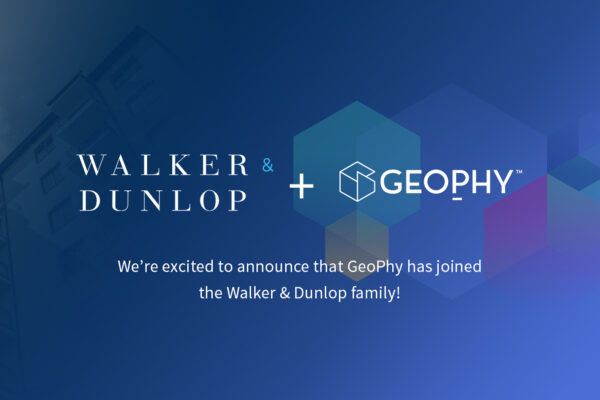How to present a data-driven property analysis at your next investment committee meeting

The Investment Committee Meeting: for most firms, it’s the most important meeting on the calendar. It determines precisely where your firm will focus its resources. If you’re an Investment or Acquisition professional it’s also the pivotal time to present a rigorous and comprehensive analysis on which deals to pursue.
With limited time and resources, it’s difficult to uncover all of the relevant data and insights for a convincing investment recommendation. Our current economic environment makes matters more difficult. With increased competition and historically low cap rates, institutional investors need yield in growing “non-primary” markets or “tertiary” (sub)urban hubs. Traditionally, only local operators with local knowledge have invested in these markets.
This presents a real challenge to acquisition teams as to why a property and local area are attractive. How do you make a compelling case to an audience of senior decision-makers who may not have much experience in a secondary, or even tertiary, market?
Broker insights provide a critical way to acquire local market knowledge. They inform your perspective and provide depth that can be useful for the investment committee meeting. However, broker insights can vary dramatically and can be difficult to validate.
Many firms today find that complementing the broker perspective with quantifiable evidence (read: data) makes for a much more compelling case. In fact, GeoPhy Chief Economist, Nils Kok, recently told Forbes that utilizing local data is an essential skill for real estate professionals today. Quantifiable evidence also provides a deeper understanding of the property and the area.
So what does this mean for your next committee meeting?
Bring Data to Your Investment Committee Meeting
If you want to impress your investment committee, bring quantifiable metrics on properties, markets, and local environments.
Let’s say your firm wants to invest in multifamily buildings in walkable neighborhoods near city centers of secondary tech hubs such as Austin, Denver, and Raleigh.
Let’s look at 2455 Bryant Street in Denver, CO. Scanning the map, it appears to be next to downtown with tons of amenities nearby. But with a closer look, you see surprising results for local restaurants and retail.
There are only eight restaurants and eight retail shops within a 15-minute walk of 2455 Bryant. Also, most restaurants and retail locations within a 15-minute walk are west of the property, while the rest of downtown is to the east.
You can quickly see that although this property fits the criteria of being near a city center, it’s not walkable for restaurants or retail because it’s close to stadiums, university campuses, and amusement parks.
Go Beyond Data: Use Value Drivers for More Insight
You wouldn’t attend your committee meeting with just one or two data points on our 2455 Bryant property example. Instead, you need a wealth of information on various local and economic factors driving that property’s value.
Value drivers are sets of data that give investors better insight and a more holistic view of property value. Value drivers for a commercial property are:
• Location—nearby amenities, walk/drive times to amenities
• Commute—traffic patterns, walk/drive times, public transit
• Quality of life—healthcare facilities, schools, parks
• Safety—violent and property crime rates
• Financial health—mortgage delinquency rates, lending activity
• Housing market—changes in prices
• Macro-economic—interest rates, stock market performance
At GeoPhy, we have a proprietary way of looking at these data sets. Our software translates the data into its impact on property value. In the case of 2455 Bryant, here are the relative value drivers:
As you can see above, location factors like restaurants and retail are a small portion of the automated valuation of the property. The biggest factors of 2455 Bryant’s valuation are:
Median home value per sq foot in the area, single-family home indexes (in this case especially the Zillow-Home Value Index), and the S&P 500 Index weigh heaviest on the valuation. This property’s value is highly dependent on single-family home values in the area as well as overall market sentiment. These dependencies are important to understand before you invest. They can be monitored over time to reduce risk.
It’s important to bring a fact base to back up opinions of value—and today, there are more facts/data points available to you than ever before. A comprehensive “fact base” includes value drivers that support the relative attractiveness of the property and local area. The next time you present, add the above value drivers to the memo or packet that you give your committee. These value drivers will validate and strengthen your presentation and increase the investment committee’s confidence in your decision.
Win More Business
Gone are the days when industry professionals spend countless hours researching, gathering, and standardizing data across both familiar and unfamiliar markets.
There’s an abundance of information about any property that can be useful in justifying an investment decision. Locating, assembling, structuring, and analyzing that data, however, is very hard. We see how other industries benefit from more granular data and insights. With GeoPhy, you benefit from the same approach and nail your investment committee meeting.
If you’d like to learn more, sign up for a demo or send me a note on LinkedIn.


